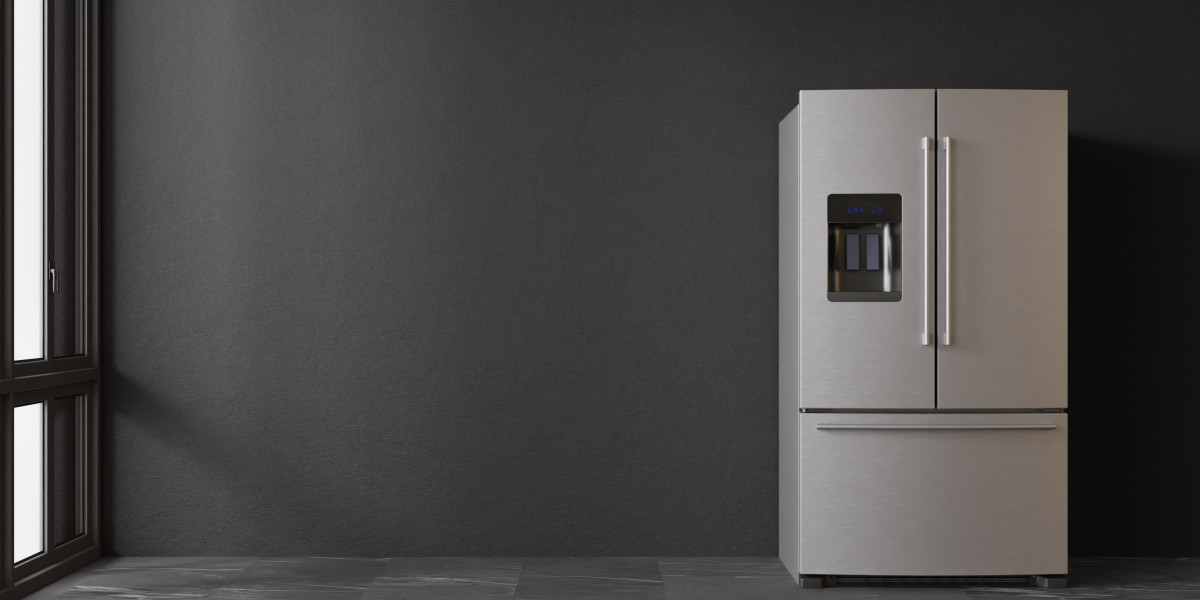 If you're planning to purchase a home coffee machine, it is worth investing in accessories, such as a tamping pad and a set of coffee scoops. You'll need to stock your beans and milk.
If you're planning to purchase a home coffee machine, it is worth investing in accessories, such as a tamping pad and a set of coffee scoops. You'll need to stock your beans and milk.This semiautomatic system combines the user-friendly assisted tapping and auto-dosing of the 2022 Barista Touch Impress with a milk frothing wand for an elegant setup that will take your home coffee to new heights. It's also smart, since it can be connected to Alexa and makes use of geofencing.
Filter coffee machines
Filter machines are probably the most used coffee makers for home use. They warm water, and let it pass through ground coffee before returning it to the pot. This produces an extremely smooth and strong concentrate that is diluted in the carafe that is separate from it. These coffee makers are generally simple to use, and typically come with a glass pot that can hold a large number of cups at once which is a great benefit for families with large numbers of or friends. They also have less expensive price tags than other models, which could make them an ideal choice for those who are on a tight budget.
The majority of these come with a compartment to store the coffee grounds, as well as the tube is positioned to rise from the bottom of the container. The water is heated with an element that resists heat, and then dripped through the grounds and into the container. The reservoir usually holds a good amount of water, and it can be filled to keep the cycle going.
Many models of coffee makers come with an one-way valve which prevents the cold water from mixing with the heated water. This can reduce energy consumption and helps to keep the water hot for a longer duration. A majority of these devices have a metal warming plate, which will also help to keep the water hot for coffeee.uk some time.
If you're using a filter coffee maker, then you'll need to measure your preferred amount of ground coffee and place it into the filter before starting the brewing process. Most coffee machines require two tablespoons of ground coffee for every six ounces water. However, it is best to check with the manufacturer prior to deciding on any specific ratio.
After you've added the ground coffee and water to the tank It's best to let it sit for a couple of minutes so that the coffee can expand and bloom and the beans release their flavor and aroma. Pour the remaining water in a circular fashion over the coffee grounds and wait for it to be brewing.
Filter coffee makers, like other types of coffee machines can have problems. It is essential to clean them regularly to avoid the build-up of hard water deposits as well as other contaminants, which could clog the tubes and affect the flavor of the coffee that is produced. Cleaning should be easy and quick as most of the components can be cleaned in the dishwasher. The most frequent issue is that the tube that connects the aluminum heating tube and the cold-water tube can block, so it's a good idea to clean this regularly as well. You can try running vinegar through your coffee maker prior to you make any other repairs.
Espresso machines
Espresso is a very popular coffee drink. It has experienced an explosion in the past decade. There is an espresso machine in just about every cafe or restaurant, and many people enjoy brewing up their own at home. Although the machines you can use at home are not as powerful and large like those in restaurants, they function with the same basic principles. You can master the brew to create a variety espresso drinks.
A basic espresso machine to use at home will come with an portafilter, a heating container and a valve to let steam out. The machine will warm the water to the perfect temperature for making espresso once you switch it on. Once it's ready, you can place your ground espresso into the basket and tamp it down. Then, you will add a portafilter lid as well as an espresso filter to the machine. The water will be forced through the grounds with a pump. The water pressure that is created by pushing the grounds through produces an intense espresso. You can add milk to the beverage to make a cappuccino or macchiato.
If you purchase an espresso maker, you should think about buying a grinder for your beans and milk frothers if you plan to make lattes or cappuccinos. You should also ensure that you have espresso cups and a cleaning brush for the machine. You might also require a tamping mat to fit your portafilter.
You can also use your espresso machine to make different types of coffee. However, you should be aware that the process may take longer and your results may not be optimal. To get the best results, you should use the best specialty coffee that is specifically designed for espresso making.
The size of the boiler and the pressure level in your machine can impact the way your drinks taste. In general, larger machines have larger boilers that will make more drinks in a shorter period of time. They can also produce espressos which are more intense due to more pressure.
Certain machines come with a piston-and-spring system that lets you determine the force with which you push water through the ground. This allows you to pull an espresso with the desired strength and consistency. Some modern machines have replaced this with electric pumps that use the technology of rotary veins to help you achieve the right consistency and flavor for your espresso. These are called semi-automatic espresso machines. These machines offer a little more control for the home barista, but they do not allow you to control all aspects of the brew just as you would with a professional machine. They are easy to use and make great coffee.
Bean-to-cup machines
A bean-to-cup espresso machine comes with an integrated grinder and the unit for brewing is an important component. When you press a button, the grinder will grind and tamp your selected beans. The brewing unit then heats water to brew them when the coffee is made, the grounds are ejected automatically into an internal waste bin. you can also add milk if like.
A lot of bean to cup machines have a self-cleaning mechanism that basically flushes hot water after each use, making sure that coffee residue doesn't accumulate inside the pipes in between full cleans which are usually required every several months. This is a great feature if you consume a lot of coffee and wish to keep your machine as clean as possible.
Some bean-to-cup machines do not come with an option to milk frother, which is for those who prefer to add their own milk from a jug, or splash some with a cafetiere. If you have any guests who are looking for a cappuccino, or Latte, however you'll need to look at a machine which can handle milk that is frothing. Most bean to cup machines that can froth milk include the Panarello wand that is a sheath that can be removed only when you're making an espresso or cappuccino. If you're looking to create more of a thicker froth with your cappuccino, we suggest purchasing a coffee maker equipped with an advanced steam wand. They can make a much thicker froth.
Bean-to-cup machines are a great choice for busy offices and homes. They're easy to operate, produce high-quality cups of coffee, and can be programmed to be turned on in the morning or before you arrive home so that your coffee is ready to go - ideal for those who have a long commute! They can also save businesses money on hiring baristas, which is particularly useful for businesses with a high staff turnover.
Visit the official Loveramics site for more information about our top selection of espresso machines. You can also use the code "LoveCoffee" at checkout, to receive 20% off your purchase! Don't forget that we are also giving away a set Loveramics cups to all Coffee Blog readers! Click here to take part. The winners will be announced on Friday 29th of June.








